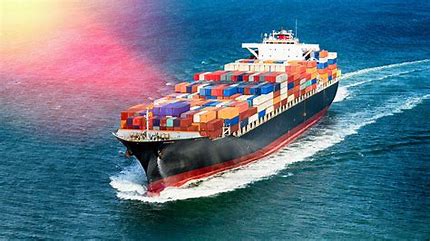The Dockworker Strike and the Battle Over Automation
As the U.S. East Coast and Gulf Coast ports grind to a halt, the strike by 45,000 dockworkers sheds light on the complex negotiations between unions, corporations, and government leaders. At the heart of the conflict lies a broader question—what will the future of port automation mean for labor?

The ongoing strike of dockworkers from the International Longshoremen’s Association (ILA) has thrown the U.S. supply chain into disarray, costing the economy billions of dollars each day. Harold Daggett, leader of the ILA, stands firm in his demand for wage increases and the end of automation projects that he believes threaten the future of port workers. Automation is a double-edged sword, increasing efficiency but at the cost of human jobs—a concern that underpins this labor movement.
While the Biden administration urges U.S. port employers to find a deal, the strike highlights a critical issue that many industries face: how to balance the need for innovation and efficiency with the human cost of those advancements. As automation continues to reshape industries, leaders must navigate complex decisions that not only optimize performance but also respect the workforce that drives the economy.
The strike, which spans 36 ports from Maine to Texas, could have significant long-term implications for labor relations, technology adoption, and the U.S. economy as a whole. The battle for automation is just beginning, and it’s clear that this strike is about much more than wages—it’s about the future of work itself.